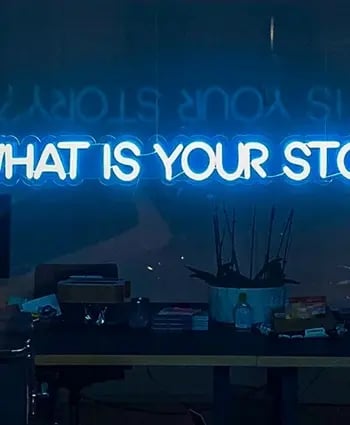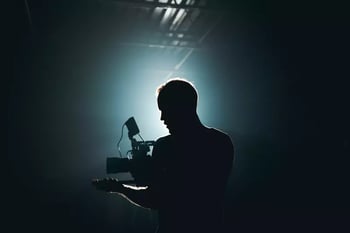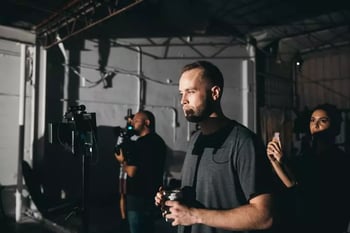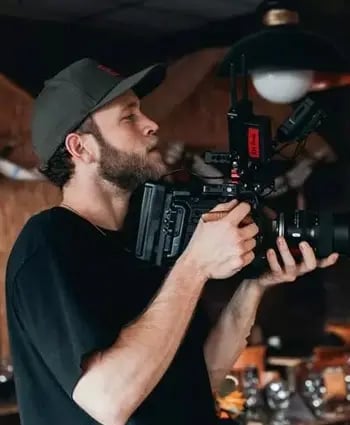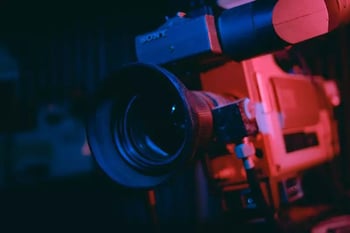Single-camera vs. Multi-camera Setups
Delve into the world of single-camera and multi-camera setups in video production. Understand their pros, cons, and ideal scenarios.
In the realm of video production, the choice between a single-camera and multi-camera setup can dramatically shape the final product. Each method has its strengths, catering to various needs and offering distinct advantages.
Whether you're an aspiring filmmaker, knowing when to use which setup is pivotal. Here's a deep dive into both, helping you make an informed choice.
1. Single-camera Setup: The Basics
A single-camera setup, as the name suggests, utilises one camera to capture all the required shots and angles. Think of most big-screen movies or prestige TV dramas, and they're likely shot using a single camera.
Pros:
- Flexibility: Without multiple cameras rolling, it's easier to experiment with angles, framing, and movement.
- Cinematic Feel: This approach often results in a more filmic, aesthetically pleasing outcome.
- Cost: Operating one camera might be more budget-friendly, especially for indie filmmakers.
Cons:
- Time-consuming: Each scene needs multiple takes from different angles, which can be time-intensive.
- Continuity: Maintaining consistent lighting and actor positioning across various takes can be challenging.
2. Multi-camera Setup: The Basics
Popular in sitcoms, talk shows, and live broadcasts, a multi-camera setup involves shooting a scene simultaneously from multiple angles.
Pros:
- Efficiency: Capture multiple angles in one go, saving considerable time.
- Consistency: With everything filmed at once, there's less worry about continuity issues.
- Live Production: Ideal for live broadcasts where real-time switching between cameras is crucial.
Cons:
- Limitation in Angles: Camera placements might be restricted due to the need to keep other cameras out of shot.
- Setup Complexity: Requires skilled crew members to ensure cameras are synchronised and set correctly.
- Cost: Multiple cameras and the associated gear can be more expensive.
3. When Should a Video Production Company Use Which?
-
Narrative Films and High-end TV Shows: Single-camera setups are typically favoured here for their cinematic quality and flexibility.
-
Live Broadcasts, Sitcoms, and Studio Shows: Multi-camera is the go-to. It allows for quick shifts between perspectives and caters to the real-time nature of live broadcasts.
-
Hybrid Approaches: Some productions, like reality TV, might mix both setups — using multi-camera for studio segments and single-camera for on-location shots.
The Best Tool for the Job
The choice between single-camera and multi-camera setups isn't about one being universally superior. It's about selecting the right tool for the job.
A top-notch video production company understands the nuances of both, ensuring that the chosen setup aligns perfectly with the project's goals, budget, and aesthetic aspirations. Making an informed choice between these two can make all the difference in delivering a compelling visual narrative.
Written by James Bryant Video strategist and co-founder for Venture Videos — a full-service video production agency that specialises in producing creative videos & campaigns that get real results.

